Why need presidential biographies when you have us by your side?
From possible assassination attempts and skinny-dipping scandals to late-night alien hunts, today’s list is a smorgasbord of unexpected talents, bizarre hobbies, and downright hilarious mishaps that prove the US’s greatest leaders were anything but ordinary.
Here are 25 Strange Facts About US Presidents.

The Bird Killers
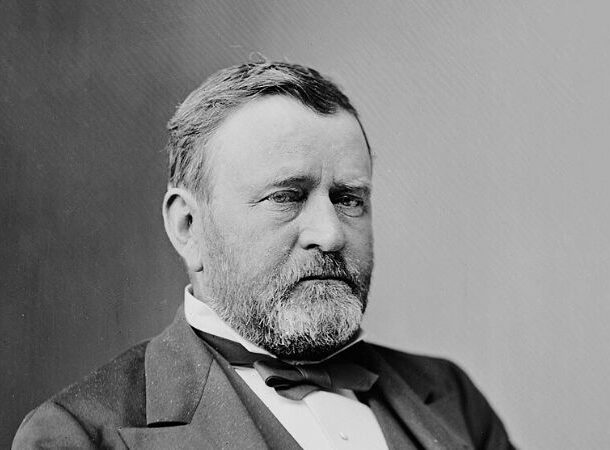 https://www.mentalfloss.com/article/639894/dead-pigeons-richard-nixon-1973-inauguration
https://www.mentalfloss.com/article/639894/dead-pigeons-richard-nixon-1973-inauguration Throughout our history, Inauguration Days have witnessed their fair share of feathered mishaps. In 1873, President Ulysses S. Grant hoped to add a touch of avian magnificence to his second inauguration by releasing canaries.
Unfortunately, Washington D.C. surprised everyone with a record-breaking cold snap, sending the temperature plummeting below freezing. The festive canaries, tragically, succumbed to the harsh conditions and left this Earth one by one.
96 years later, Richard Nixon, notorious for several other escapades (some of which we’ll cover later on), opted for a more proactive approach. Determined to prevent pigeons from disrupting the ceremony, Nixon authorized the spraying of a chemical repellent along the parade route. The intended effect – deterring the pigeons – backfired spectacularly, resulting in a city littered with dead birds.
The Smallpox Incident
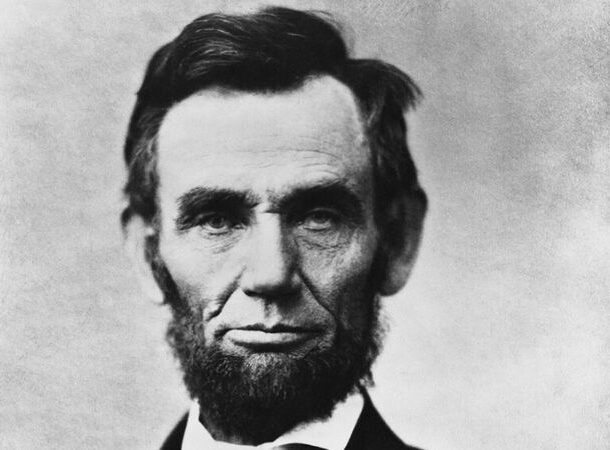 http://www.reuters.com/article/us-smallpox-lincoln-idUSN1736866620070517
http://www.reuters.com/article/us-smallpox-lincoln-idUSN1736866620070517 In November 1863, just before he delivered the iconic Gettysburg Address, President Abraham Lincoln got sick and exhibited concerning symptoms: weakness, dizziness, and visible ill health.
Even though he valiantly delivered the speech, his condition worsened during his return to Washington. Fever, back pain, and a rash plagued him, requiring weeks for full recovery.
Worried about public panic, Lincoln’s physicians downplayed the illness, attributing it to “a touch of the varioloid” – a mild form of smallpox. However, recent research suggests a starker reality: Lincoln actually contracted full-blown smallpox, a potentially fatal disease. Though his survival was not guaranteed, he luckily recovered.
A Tragic Lovestory
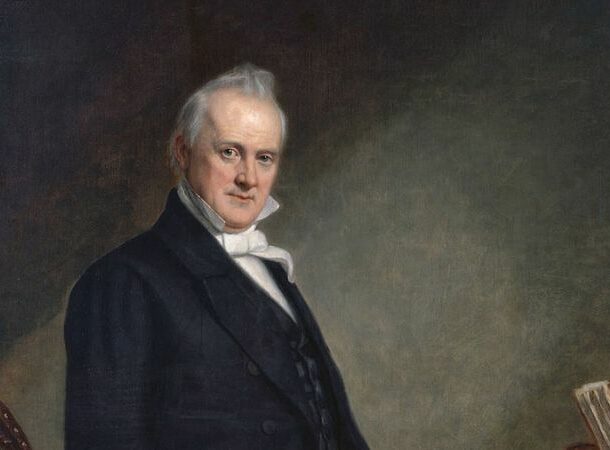 http://www.americanheritage.com/content/lost-love-bachelor-president?page=show
http://www.americanheritage.com/content/lost-love-bachelor-president?page=show James Buchanan, the only president of the United States who never got married, continues to be a subject of historical intrigue. His personal life, particularly his romantic relationships, has fueled speculation about his sexuality for decades.
However, Buchanan himself attributed his peculiar love life to a tragic romance. In 1819, he fell in love and got engaged to Ann Caroline Coleman, daughter of an affluent businessman. Rumors swirled that Buchanan was motivated by financial gain rather than love, further fueled by his flirtations with other women.
The engagement ended, with Ann passing away a month later. Whether her death was accidental or an act of despair remains unknown. We do know that Buchanan’s pleas to attend her funeral were rejected by her father.
Upon Buchanan’s own death, his heirs discovered a trove of Ann’s letters locked away in his safe, along with instructions to burn them unread.
The Hangman
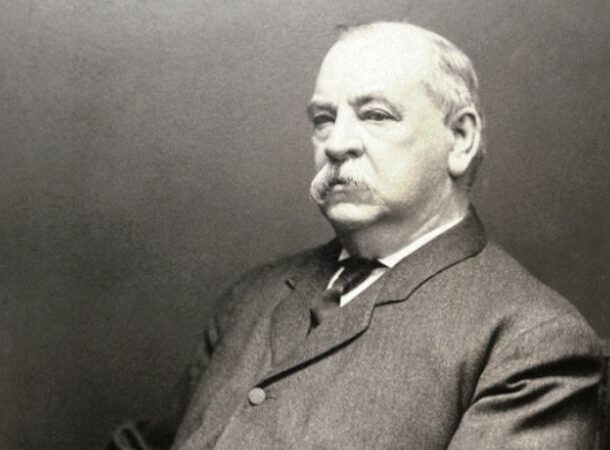 https://www.mentalfloss.com/article/82015/when-us-president-grover-cleveland-served-executioner
https://www.mentalfloss.com/article/82015/when-us-president-grover-cleveland-served-executioner The archives of the U.S. presidents are filled with unique distinctions: James Buchanan stayed single; Woodrow Wilson was the only doctorate holder; Gerald Ford organized a prom; and George W. Bush seemed to be there forever. However, Grover Cleveland holds a historical distinction: he is the only president to have served as an executioner.
Before his rise to the Oval Office, “Big Steve,” as he was known, served as Sheriff of Erie County, New York. During this tenure, he carried out the grim task of capital punishment twice.
David Beckham Gave Obama Underwear
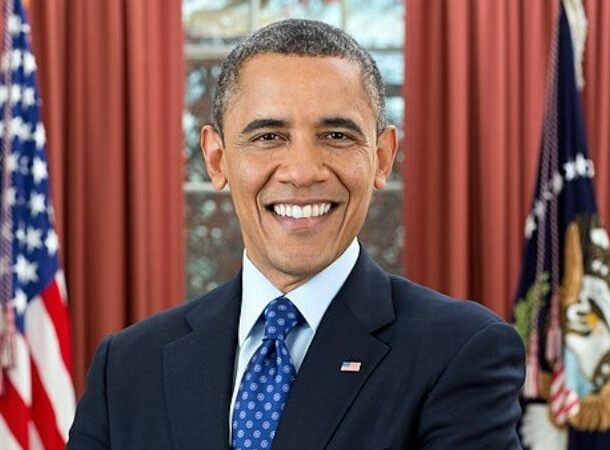 https://www.nydailynews.com/news/national/boxers-briefs-david-beckham-barack-obama-50-pair-designer-underwear-article-1.1119269
https://www.nydailynews.com/news/national/boxers-briefs-david-beckham-barack-obama-50-pair-designer-underwear-article-1.1119269 Former President Barack Obama has received some unique gifts throughout his career, but few topped his gift from the Beckhams.
David Beckham, the English football legend, presented Obama with underwear – and not just underwear – 50 pairs of personalized boxer briefs!
He also received headphones adorned with the presidential seal from rapper Ludacris.
However, Obama also faced the delicate situation of declining a gift from the Colombian village of Turbaco: a pet donkey.
Gerald Ford Was A Model
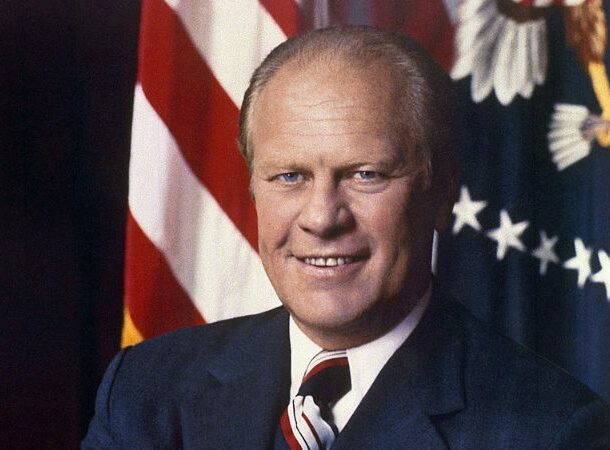 http://willrabbe.com/microblog/2012/12/5/gerald-ford-president-male-model-vintage-cover-of-cosmopolit.html
http://willrabbe.com/microblog/2012/12/5/gerald-ford-president-male-model-vintage-cover-of-cosmopolit.html Most of us know that Ronald Reagan earned his living as an actor before becoming the 40th president of the United States. But did you know one of our presidents was a model?
Gerald Ford, born Leslie Lynch King Jr., isn’t just remembered for his presidency.
Before entering politics, he embarked on a less conventional path: modeling. In 1942, he graced the cover of Cosmopolitan magazine, striking a pose for a stylish illustration. Interestingly, it was through the world of modeling that he also met his future wife, Betty Bloomer, who was also a model for the magazine.
Andrew Jackson Loved Duelling
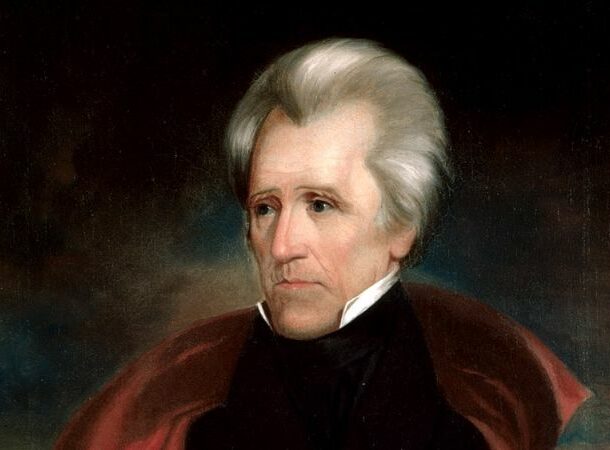 https://constitutioncenter.org/blog/settling-scores-the-duels-of-our-forefathers
https://constitutioncenter.org/blog/settling-scores-the-duels-of-our-forefathers President Andrew Jackson, known for his fiery personality, was no stranger to duels – a common practice in the early 1800s South. He participated in several throughout his life, but the most infamous one took place in 1806.
A man by the name of Charles Dickinson (not the famous author) insulted Jackson’s wife, Rachel. Fiercely protective, Jackson challenged him to a duel.
In the ensuing encounter, Dickinson shot first, wounding Jackson in the shoulder, but Jackson, despite the pain, returned fire and fatally wounded Dickinson.
Remarkably, the bullet remained lodged in Jackson’s shoulder for the remainder of his life due to its proximity to his heart.
An Untimely Haircut
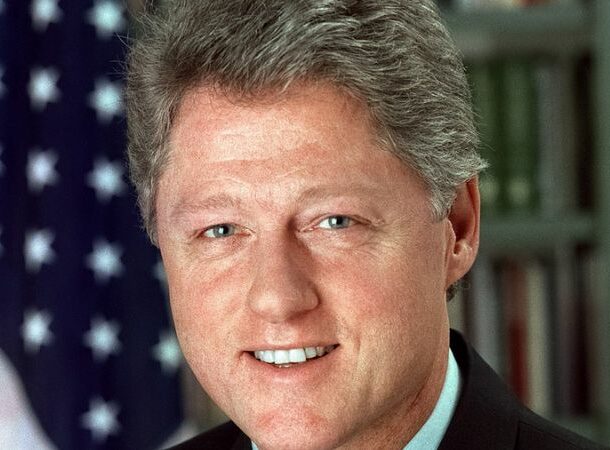 http://articles.baltimoresun.com/1993-06-30/news/1993181197_1_air-traffic-air-taxi-passenger-flights
http://articles.baltimoresun.com/1993-06-30/news/1993181197_1_air-traffic-air-taxi-passenger-flights Bill Clinton’s presidency, initially marked by charisma and political success, was unfortunately overshadowed by the now well-known sexual scandals.
Adding to the complexities of the Clinton era was a widely circulated anecdote regarding Air Force One and alleged airport delays. On May 18, 1993, reports claimed that Los Angeles International Airport experienced significant delays due to President Clinton receiving a haircut on board Air Force One.
However, further investigation painted a different picture. No official records from the Federal Aviation Administration substantiated the claims of flight delays or circling airplanes attributed to President Clinton’s haircut. While the White House acknowledged the haircut itself, they denied any involvement in runway closures or delays, instead attributing them to routine procedures by the Secret Service.
George H.W. Bush Vomited On The Japanese Prime Minister
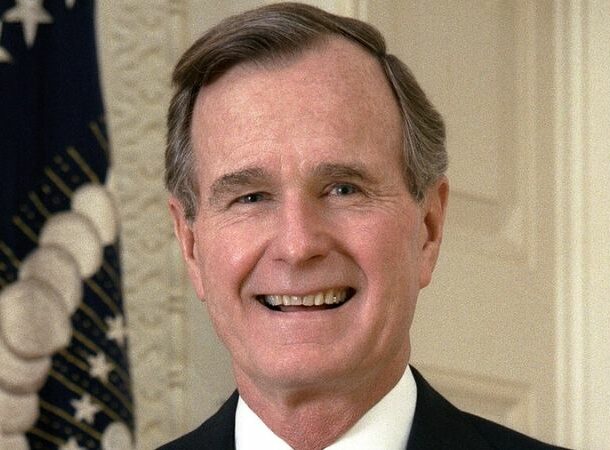 http://www.newsweek.com/25-years-ago-today-george-h-w-bush-vomited-prime-minister-japan-538581
http://www.newsweek.com/25-years-ago-today-george-h-w-bush-vomited-prime-minister-japan-538581 During a state dinner in Tokyo in 1992, President George H.W. Bush had a terribly unfortunate medical mishap that became one of the more “unforgettable” incidents of any presidency.
Despite feeling unwell and suffering from nausea earlier that day, he chose to attend the dinner instead of resting as his doctor advised. During the meal, which included raw salmon and caviar, President Bush unexpectedly vomited onto the lap of the Japanese Prime Minister, Kiichi Miyazawa, who was seated beside him.
While efforts were made to prevent the incident from going public, it eventually circulated internationally and even led to the creation of a Japanese slang term, “bushusuru,” meaning “to vomit.”
What’s In A (Middle) Name?
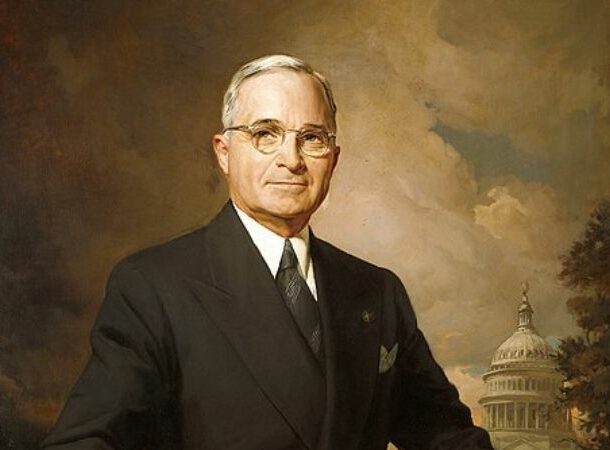 https://www.washingtonpost.com/local/the-truman-period-exploring-the-presidents-middle-initial/2013/05/11/0cdc6002-b976-11e2-92f3-f291801936b8_story.html
https://www.washingtonpost.com/local/the-truman-period-exploring-the-presidents-middle-initial/2013/05/11/0cdc6002-b976-11e2-92f3-f291801936b8_story.html After the larger-than-life presidency of Franklin D. Roosevelt, Harry S. Truman entered the White House.
But his name held a hidden tidbit: that mysterious middle initial, “S”? It didn’t actually stand for anything!
This quirk piqued the media’s curiosity, and the story behind the story soon came to light.
The “S” wasn’t meant to be a secret nickname or anything; it was all about family. See, Truman’s parents couldn’t decide on a middle name and his grandfathers, Anderson Shipp Truman and Solomon Young’s names both featured S’s. So, they came up with a clever solution: young Harry would get the “S” from each name, like a little tribute to both grandparents, which solved the problem.
A Fourth of July Dessert Killed A President
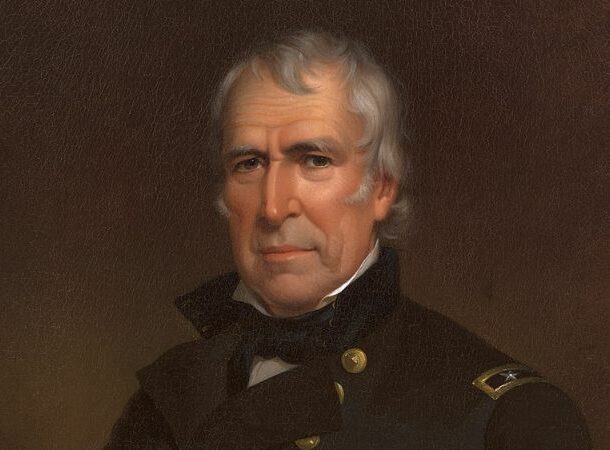 https://www.thoughtco.com/zachary-taylor-fast-facts-105524#:~:text=One%20term%3B%20Zachary%20Taylor%20died,exhumed%20on%20June%2017%2C%201991.
https://www.thoughtco.com/zachary-taylor-fast-facts-105524#:~:text=One%20term%3B%20Zachary%20Taylor%20died,exhumed%20on%20June%2017%2C%201991. On July 4, 1850, President Zachary Taylor indulged in a patriotic picnic – cherries and iced milk. Delicious, right?
Wrong.
Days later, he succumbed to cholera, likely lurking on the unwashed fruit. Can you imagine?
His death, a mere five days after his treat, was a brutal reminder of life’s unpredictability and the era’s sloppy food safety practices.
Herbert Hoover Was A Sneaky Mandarin Speaker
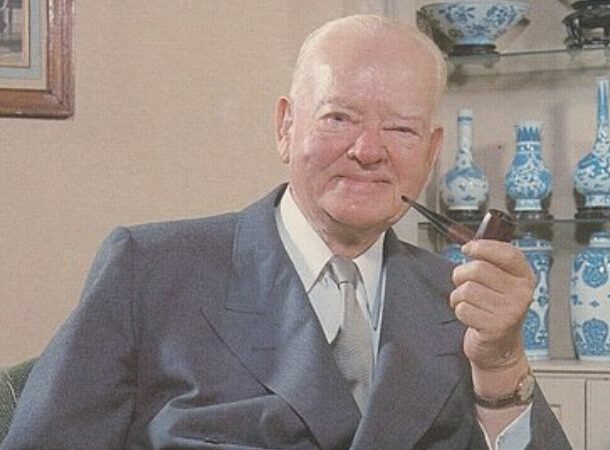 https://www.languageconnections.com/blog/7-most-surprising-multilingual-u-presidents-in-u-s-history/
https://www.languageconnections.com/blog/7-most-surprising-multilingual-u-presidents-in-u-s-history/ Few presidents lived as multinational (not to mention multilingual) lives as Herbert Hoover.
Not only did he speak English, but he was also fluent in Mandarin Chinese, a skill he acquired during his early years as a mining engineer in China.
This fluency offered Hoover a unique communication advantage. When he and his wife, Lou Henry Hoover, wanted to converse privately in the White House, they often resorted to their shared secret language – Mandarin.
Can you imagine strolling the White House corridors and catching snippets of a seemingly foreign conversation?
They had no need for elaborate codes or ciphers – Hoover and Lou simply switched to Mandarin and created a natural barrier to any would-be eavesdroppers.
Hoover Also Created The Model For Humanitarian Relief
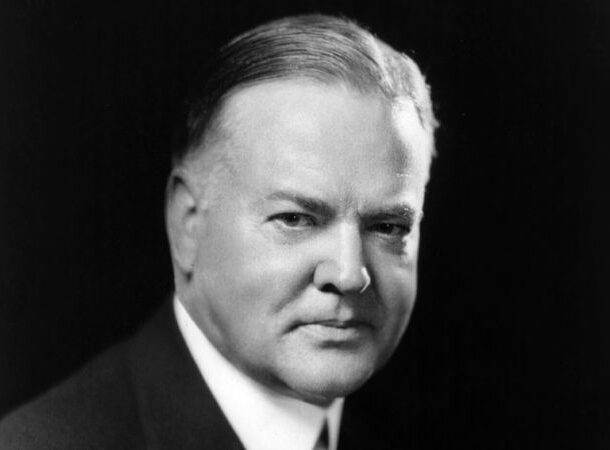 https://www.archives.gov/publications/prologue/1989/spring/hoover-belgium.html
https://www.archives.gov/publications/prologue/1989/spring/hoover-belgium.html During World War I, Belgium’s food supplies were severed – and millions of people were threatened with starvation.
With the country caught in the crossfire and its people on the brink of famine, Hoover – at this point only a successful businessman – took decisive action.
He spearheaded the Commission for Relief in Belgium, a monumental undertaking that required him to navigate a complex web of wartime tensions and international blockades. He skillfully negotiated with both sides and convinced them to allow the passage of neutral food shipments. Over five million tons of crucial aid reached Belgium, saving countless lives from the clutches of starvation.
Benjamin Harrison’s Fear Of Electricity
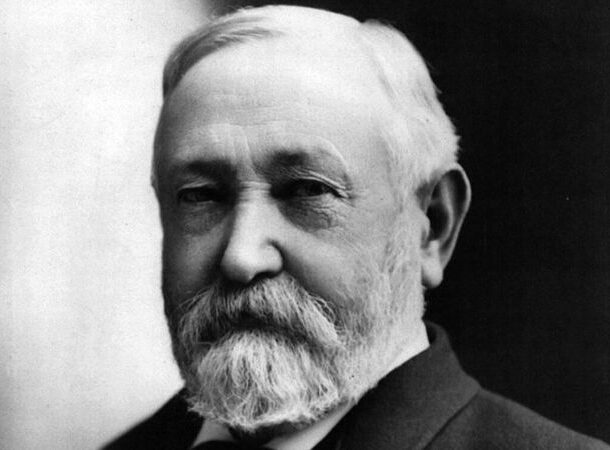 https://www.energy.gov/articles/history-electricity-white-house#:~:text=President%20Benjamin%20Harrison%20and%20his,the%20lights%20on%20and%20off.
https://www.energy.gov/articles/history-electricity-white-house#:~:text=President%20Benjamin%20Harrison%20and%20his,the%20lights%20on%20and%20off. In spite of his Civil War service and election to the presidency, Benjamin Harrison (“Little Ben”) was renowned not for his bravery or popularity – but rather for his fear of electric light switches.
In 1891, he modernized the White House, yet a decade after Edison’s invention, he still couldn’t shake his apprehension towards those new-fangled buttons. Granted, the wiring was a bit crude back then, and shocks were a real risk.
So, his staff dutifully flipped switches because the president and wife were rumored to sleep with the lights on if they didn’t.
Poker Face
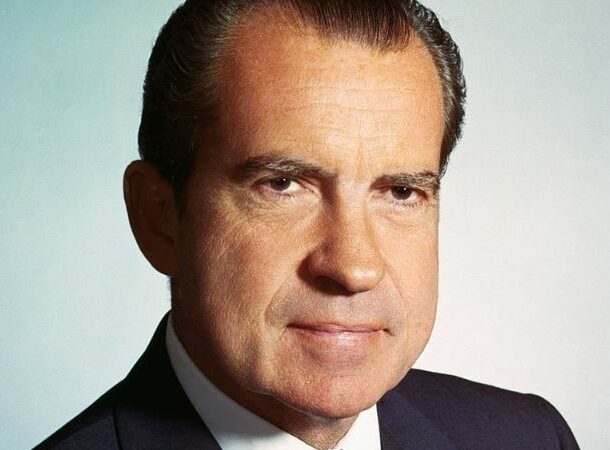 https://www.habwin.com/en/post/richard-nixon-and-poker-the-history-of-a-hobby
https://www.habwin.com/en/post/richard-nixon-and-poker-the-history-of-a-hobby While he is best known for a tumultuous political career, Richard Nixon’s journey to the White House began with an unexpected twist: poker.
Stationed in the Pacific during WWII, he earned notoriety for his gambling prowess. His card skills weren’t just wartime legends; they were so sharp that Nixon amassed winnings substantial enough to fuel his first political campaigns back in California!
In a way, these card games became Nixon’s unconventional fundraising platform, a far cry from what we’re seeing today.
If you liked that fact, stick around to the end of today’s video – you won’t believe what we’ve uncovered!
Nixon Had Another Dangerous Vice
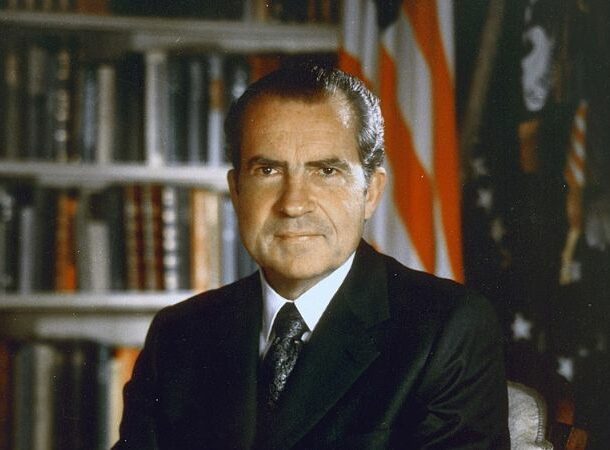 https://www.theguardian.com/weekend/story/0,3605,362958,00.html
https://www.theguardian.com/weekend/story/0,3605,362958,00.html President Nixon wasn’t known for his high tolerance for alcohol. Not even close.
Even a moderate drink could affect his judgment, and stories of occasional overindulgence left just another bad rep to his presidency.
One particularly concerning incident occurred in 1969, following the downing of a US spy plane by North Korea. Incensed by the act, Nixon, under the influence, demanded a nuclear strike and contacted the Joint Chiefs for target recommendations.
Thankfully, his National Security Advisor, Henry Kissinger, recognizing the situation’s gravity, advised the military to hold off until Nixon had sobered up – which they thankfully did.
Mary Todd Lincoln Held Seances In The White House
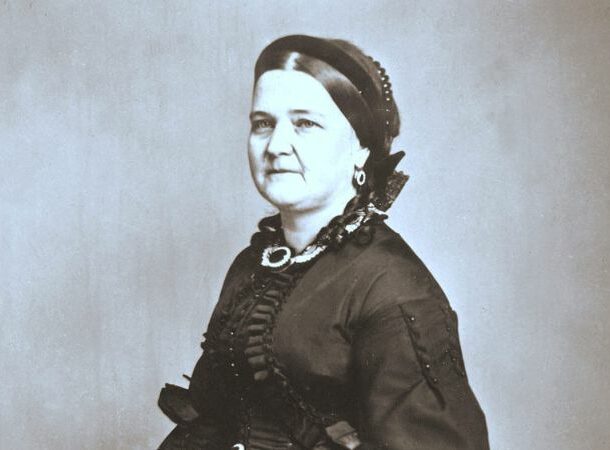 https://www.whitehousehistory.org/seances-in-the-red-room
https://www.whitehousehistory.org/seances-in-the-red-room Ok, I know this list is about the US presidents – but we just had to put this little tidbit about one specific president’s wife into today’s list.
Did you know the White House was once the scene of seances?
Following the Civil War’s devastating toll of 750,000 lives, many Americans sought solace in spiritualism, the belief in contacting the deceased. This movement resonated deeply with Mary Todd Lincoln, who had endured immense personal tragedy, losing her mother, three of her children, and ultimately her husband, President Abraham Lincoln.
Particularly affected by the death of her 11-year-old son Willie from typhoid fever in 1862, Mary found solace in spiritualist practices. She sought contact with Willie through mediums like the Lauries, even holding seances within the White House. These sessions offered her comfort, as she confided in a letter: (quote) “Willie Lives. He comes to me every night…with the same sweet adorable smile…”
To this day, whispers of hauntings by Willie, his brother Eddie, and their father persist within the White House walls.
George Washington's Grave Was Robbed By A Thief (who grabbed the wrong skull)
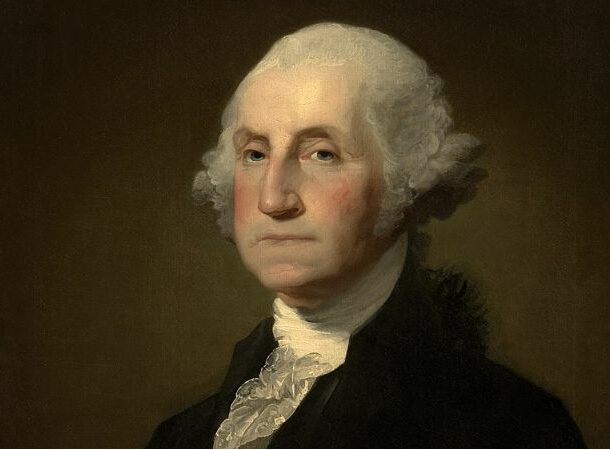 https://www.thedailybeast.com/the-plot-to-steal-washingtons-head
https://www.thedailybeast.com/the-plot-to-steal-washingtons-head Though his legacy shaped the nation, President Washington craved a quiet finale at Mount Vernon. But after his demise in 1799, America had other plans. Public mourning bordered on frenzy, with grand parades and unwanted speeches, a stark contrast to his desired simplicity. Even his resting place became a source of contention.
Decades passed, with Washington’s remains defying the Potomac’s encroachment. Then, in 1830, a disgruntled ex-gardener seeking revenge stumbled upon the tomb’s neglected state. In a macabre twist, he attempted to steal Washington’s skull, only to end up with another relative’s. This incident finally spurred action, and a new tomb, true to Washington’s vision, was finally built.
When Almost The Entire Cabinet Resigned Over A Woman
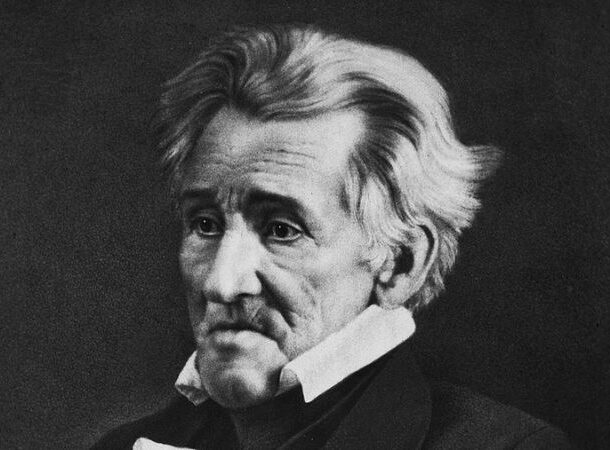 https://tennesseeencyclopedia.net/entries/eaton-affair/
https://tennesseeencyclopedia.net/entries/eaton-affair/ During his time in the White House, President Andrew Jackson (yes, the duel-loving hothead) faced a major scandal due to what became known as “the Petticoat Affair” – a social and political scandal surrounding his Secretary of War, John Eaton’s marriage to Margaret Timberlake.
Whispers of an affair between Eaton and Margaret, leading to her husband’s demise, cast a shadow over their union.
The Washington elite ostracized Margaret, deeming her unfit for their circle. Jackson, fiercely loyal, staunchly backed Eaton, sparking tensions within his cabinet. Most members, caught between loyalty and societal pressure, resigned.
John Quincy Adams Approved An Expedition To The Center Of The Earth
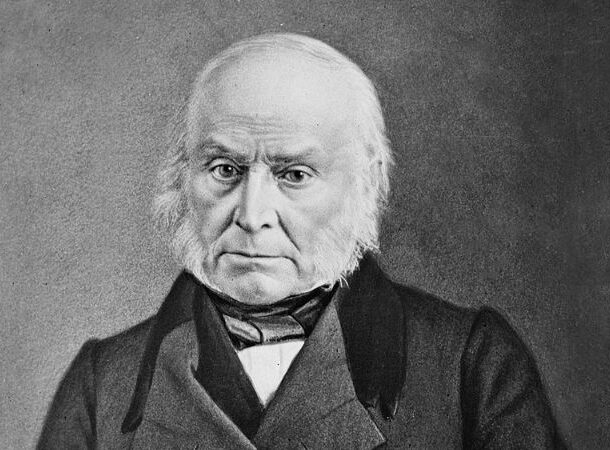 https://io9.gizmodo.com/which-president-greenlit-a-trip-to-the-center-of-the-ea-1702733458
https://io9.gizmodo.com/which-president-greenlit-a-trip-to-the-center-of-the-ea-1702733458 In the world of unusual beliefs, the Hollow Earth theory definitely stands out. It usually comes with a dash of advanced ancient civilization mixed with a side of UFO conspiracies.
Proponents argue for three secret entrances, which can be found at the polar ice caps and a Himalayan passage.
One such believer, John Cleves Symmes Jr., dreamed of reaching the North Pole’s entrance. He lobbied Congress, and to everyone’s surprise – President Adams approved the expedition.
However, funding delays and a change in presidents eventually grounded Symmes’s journey.
John Quincy Adams Had Other Peculiar Habits Too
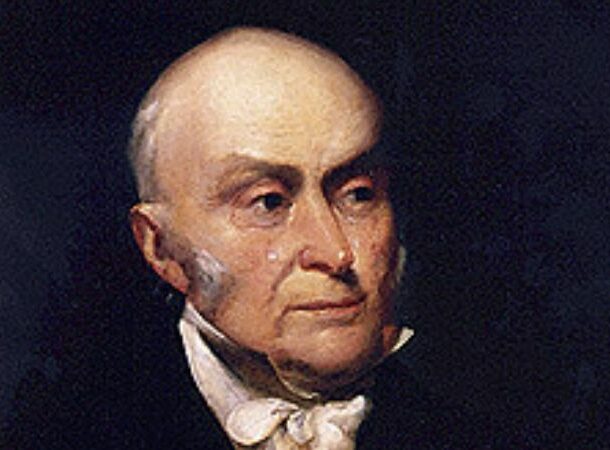 https://www.businessinsider.com/john-quincy-adams-skinny-dipping-routine-2017-2
https://www.businessinsider.com/john-quincy-adams-skinny-dipping-routine-2017-2 Before smartphones and paparazzi, life was a bit “looser” for presidents.
John Quincy Adams, an avid nature enthusiast and granter of hollow-Earth expeditions, had a quirky habit: daily naked swims in the Potomac River. He would leave his clothes on the bank during these excursions.
According to legend, journalist Anne Newport Royall, hungry for an interview, discovered him mid-swim. Unable to snag him on land, she reportedly took a strategic seat on his folded clothes, leaving the president with a dilemma: engage in an impromptu riverbank interview …or stay submerged in his birthday suit.
The Incredibly Talented James Garfield
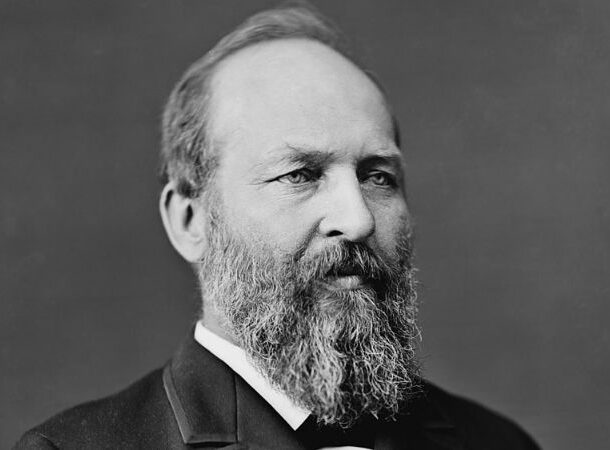 https://www.history.com/news/first-left-handed-president-ambidextrous-multilingual
https://www.history.com/news/first-left-handed-president-ambidextrous-multilingual Left-handers account for just 10% of the population, yet they stand out in one area: US presidential politics since World War II.
Six out of 13 presidents during this period were lefties, prompting interesting questions about whether handedness might relate to political success. One of these famous presidential southpaws was James Garfield, whose tenure ended after only four months as president, marked by his unfortunate assassination in 1881.
He holds the distinction of being the first left-handed president of the United States, but his abilities went beyond mere handedness.
Garfield was incredibly skilled at languages, speaking and writing fluently in several. His dexterity was such that he could even simultaneously write the same sentence in both Latin and Greek, one hand for each language, showcasing his remarkable intellectual talents.
Nixon Smuggled Marijuana Past Customs
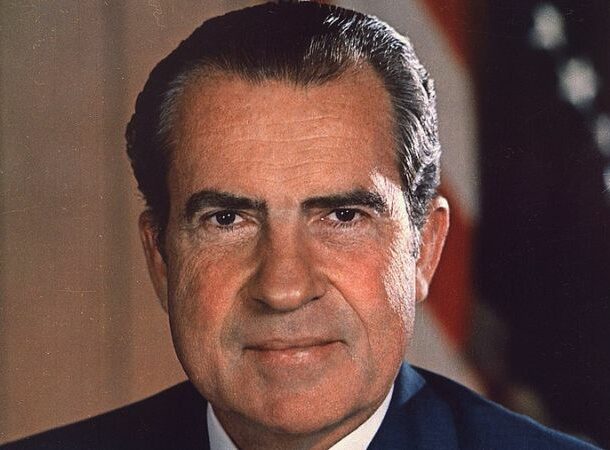 https://www.marijuana.com/news/2014/09/how-richard-nixon-accidentally-smuggled-three-pounds-of-pot-for-louis-armstrong/
https://www.marijuana.com/news/2014/09/how-richard-nixon-accidentally-smuggled-three-pounds-of-pot-for-louis-armstrong/ Ok, I promise this is the last Nixon entry for the day – what can I say, his presidency was “juicy”!
In 1958, jazz legend Louis Armstrong found himself snagged at customs at New York’s Idlewild Airport. Back from a whirlwind tour, his bags brimmed with souvenirs, gifts, and … a considerable amount of marijuana.
Nixon, smooth as his campaign smile, spotted Armstrong in the queue and offered a chivalrous assist, whisking away Armstrong’s luggage and bypassing customs altogether.
Years later, the truth hit Nixon like a bad riff. “Louie smokes marijuana?” The incident ended up becoming a hilarious footnote in both of their careers.
Roosevelt Liked Walking On Stilts
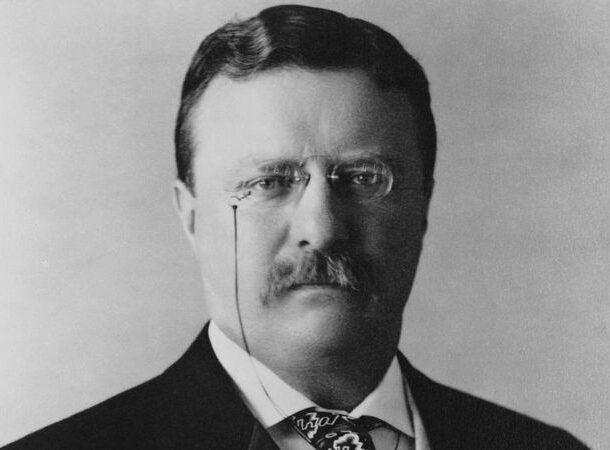 https://247wallst.com/special-report/2019/02/12/the-weirdest-fact-about-every-american-president-2/
https://247wallst.com/special-report/2019/02/12/the-weirdest-fact-about-every-american-president-2/ Theodore Roosevelt, known for his inexhaustible energy and love of the outdoors, enjoyed another whimsical activity. He enjoyed walking on stilts.
This peculiar pastime wasn’t confined to his ranch or personal excursions; Roosevelt even indulged in stilt-walking on the White House grounds, much to his staff’s amusement and conceivably – chagrin.
Yet, despite his adventurous nature, the president had to draw a line, and he reportedly told his son that the hobby was quite enjoyable – but should never be done over the White House’s flower beds.
I am sure there’s another backstory there, or maybe he just knew not to upset gardeners since it could lead to the removal of a skull from a presidential crypt. Who knows.
Jefferson’s Shakespeare Faux Pas
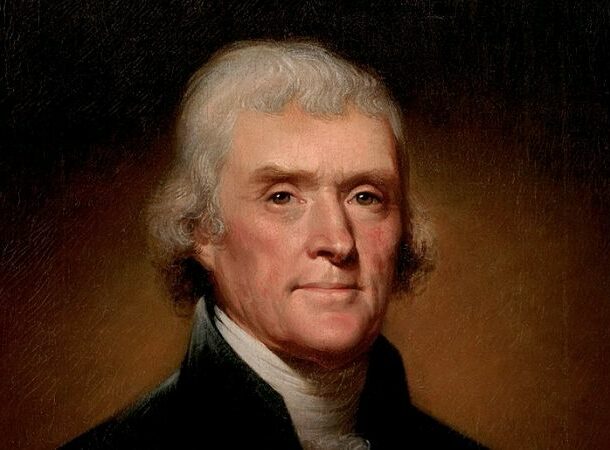 https://www.monticello.org/research-education/blog/whose-chip-is-it-anyway/
https://www.monticello.org/research-education/blog/whose-chip-is-it-anyway/ Before donning the presidential mantle, Thomas Jefferson served as vice president under John Adams in the late 1790s. The two were as different as night from day – Jefferson was an ardent advocate for liberty, while Adams was more conservative.
One instance of Jefferson’s influence shines through during a diplomatic mission to England. On the voyage, he and Adams made a curious detour to William Shakespeare’s birthplace, Stratford-upon-Avon.
While the town failed to impress, with Adams deeming it “small and mean” and Jefferson grumbling about inflated prices, their visit wasn’t without consequence.
Intrigued by a local “tradition,” Jefferson succumbed to the temptation to chip off a piece of the purportedly Shakespearean chair. While the chair’s authenticity remains shrouded in debate, the relic still resides at Monticello to this day.



























